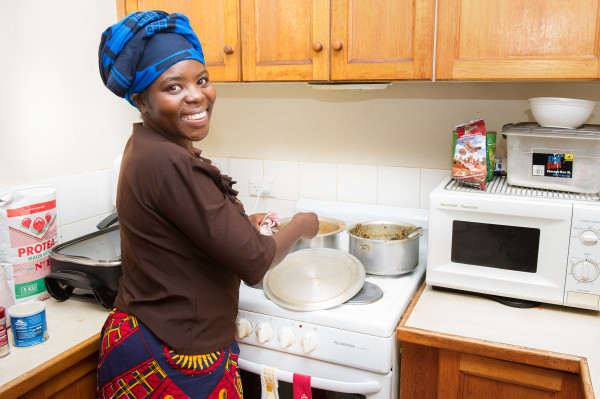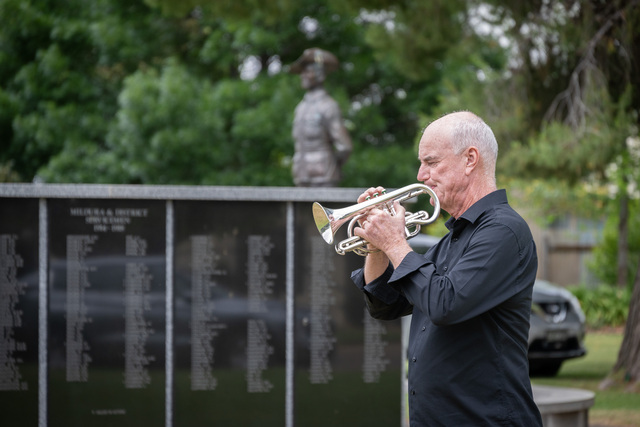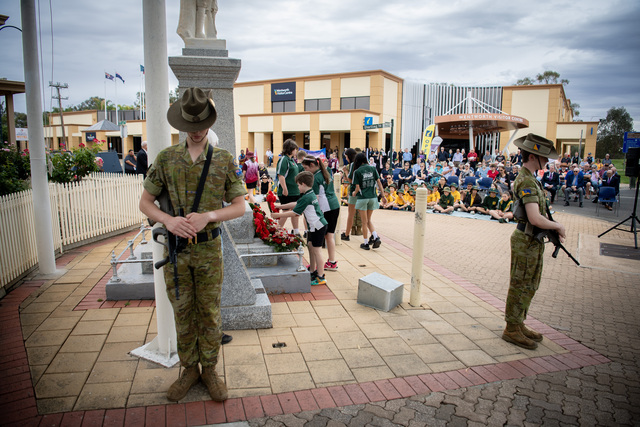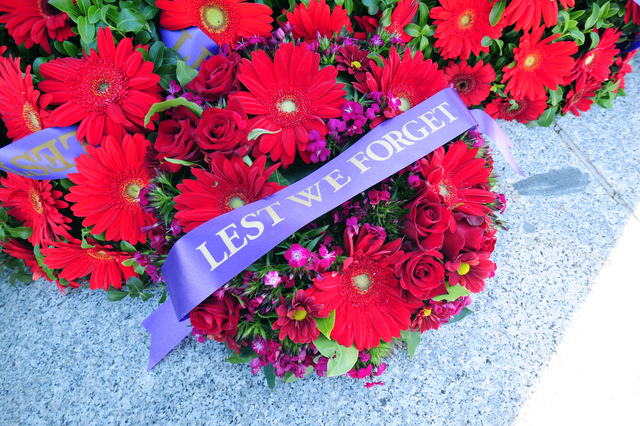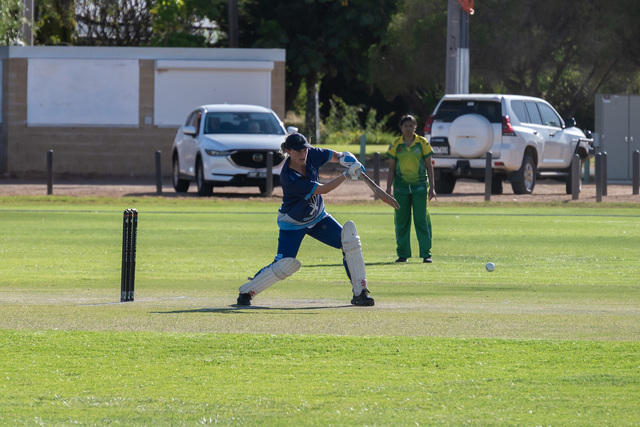Sunraysia’s cultural diversity transpires in the food locals put on the table every day. Using her experience and knowledge of cooking to create a delicious traditional dish, Burundian national Joselyne Ntahomvukiye shared her tasteful secrets with Marina Hacquin. Pictures: Louise Barker
“IF you don’t cook, you don’t eat.”
This is the motto of Joselyne Ntahomvukiye, a member of the local Burundian community.
Growing up in her native Burundi, a country in Central-East Africa, Joselyne learnt to cook from as young as five years old.
“Back at home what we grow is what we eat most of the time,” she says.
Her mother taught her the basics of cooking – first through playing with cooking utensils, before being allowed to boil her very first sweet potato.
“The stove is different from here, it’s traditional – they have three stones, use firewood and various pots and pans,” she says.
“Once the food is ready, they eat on a handmade rug and the dish is shared in a big container made of the bark of a trunk of banana trees. In Australia, we eat with single plates and cutlery – I sometimes miss the tradition of sharing food.”
Peanuts, both mashed and fried, make up a large amount of the Burundian diet, along with beans, bananas and meat such as beef, goat and chicken.
“Over there, we had different bananas for cooking, eating or to make a beer (made from fermentation of mashed bananas),” Joselyne says.
At the age of 11, Joselyne fled her country with her family, ending up in a refugee camp where she would spend 12 years of her life.
Living among other refugees in a tent, they would be given maize meal, peas and beans to eat, with some refugees growing small vegetable gardens in their backyard.
After being allowed to enter Australia, the family first settled in Newcastle but their attachment to the land was too strong, and they soon moved to Mildura, a place where the land was cheaper to grow food.
“As soon as we came to Mildura, we saw they were growing grapes and oranges, we thought it was the right place to stay,” Joselyne says.
“We find Australian people put sugar in their food, which we don’t.
“The food you grow tastes different to the one you buy from the supermarket.”
For Joselyne, the move was just the beginning of a new chapter – she is now heavily involved with the Mildura’s Burundian Community Farm, which started in 2016 and grows traditional Burundian produce such as maize, and soon, peanuts.

